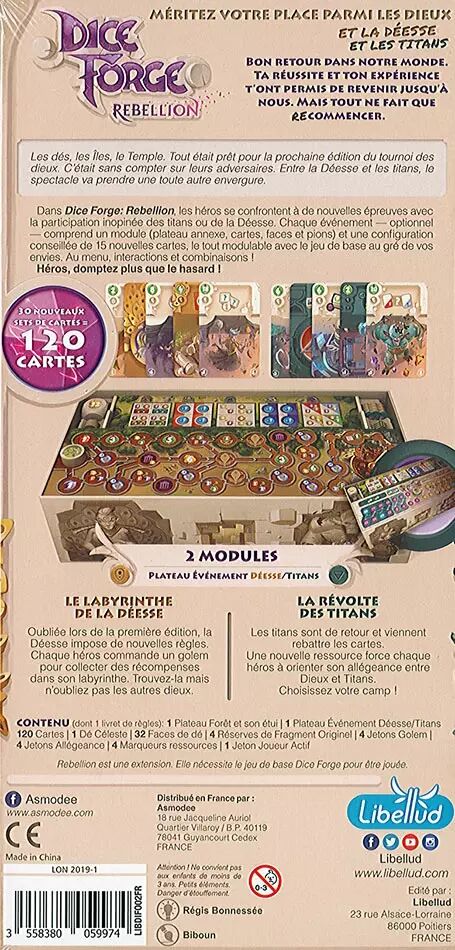

(for instance a blaster may do 9 damage, plus 1 for every success dice that isn't canceled by a Failure dice) Damaged is then reduced by a "soak" value, which is a combination of armor and physical "toughness". The damage is modified by extra success dice.

A character with 10D skill isn't much better than one with 8D.Ĭombat is pretty good with a couple of minor issues (in my opinion)ĭamage is basically a hit point based system. DICE has been steadily updating the game with lots of maps, modes, characters and more stuff drawn from the prequels and sequels, but starting this month it's the Age of Rebellion's turn. The more dice you have, the less likely you are to get an extreme result, so the more average your rolls become. The problem with that approach is that after a while the benefits of increasing your skills start to diminish. The greater your skills are, the more you have. With the old WEG system skills were a dice pool of D6s. The new dice mechanics though add a good change.

In a lot of ways this is somewhat similar to the old WEG game. So the GM says that you get the info you need, but manage to set off an alarm while doing it)Ĭombat uses the same mechanics as skill tests, which is a good thing. (For instance you are hacking a computer and you succeed, but with a Threat. This is then up the the GM to determine possible outcomes. In order for those to apply you must have more of one than the other (i.e., more Advantages than Threats) It is possible to succeed at a task, but also have a threat or even a despair. You can also get a triumph or Despair which are extraordinary successes or failures. You many also get Advantages or Threats which indicate special successes or failures. If you get more successes than failures you succeed. You then roll the pull, and you are looking for successes vs failures. Possibly some setback dice based upon the situation. The GM then sets the difficulty of the action by adding difficulty dice, and if it is very hard a challenge die or two. Shop online for Age of Rebellion Star Wars at Miniature Market, the superstore for board games, table top games, miniatures, role playing games and gaming. If the GM determines that there are any advantageous circumstances, then you may get a boost dice (or even more than one!). Appart for information regarding which time period you can play (FFG seems to offer 3 differents time period with 3 type of different groups), there's only so much you learn. Then you would insert any proficiency dice which represents advancement in that particular skill. I seem to have noticed that the 3 more popular systems are the ''star wars d6'', ''star wars d20'' and ''star wars FFG'' which uses its own dice system with symbol over it. You insert however many dice the governing ability is - usually 2-4. So, let's say you wanted to do a skill test.


 0 kommentar(er)
0 kommentar(er)
